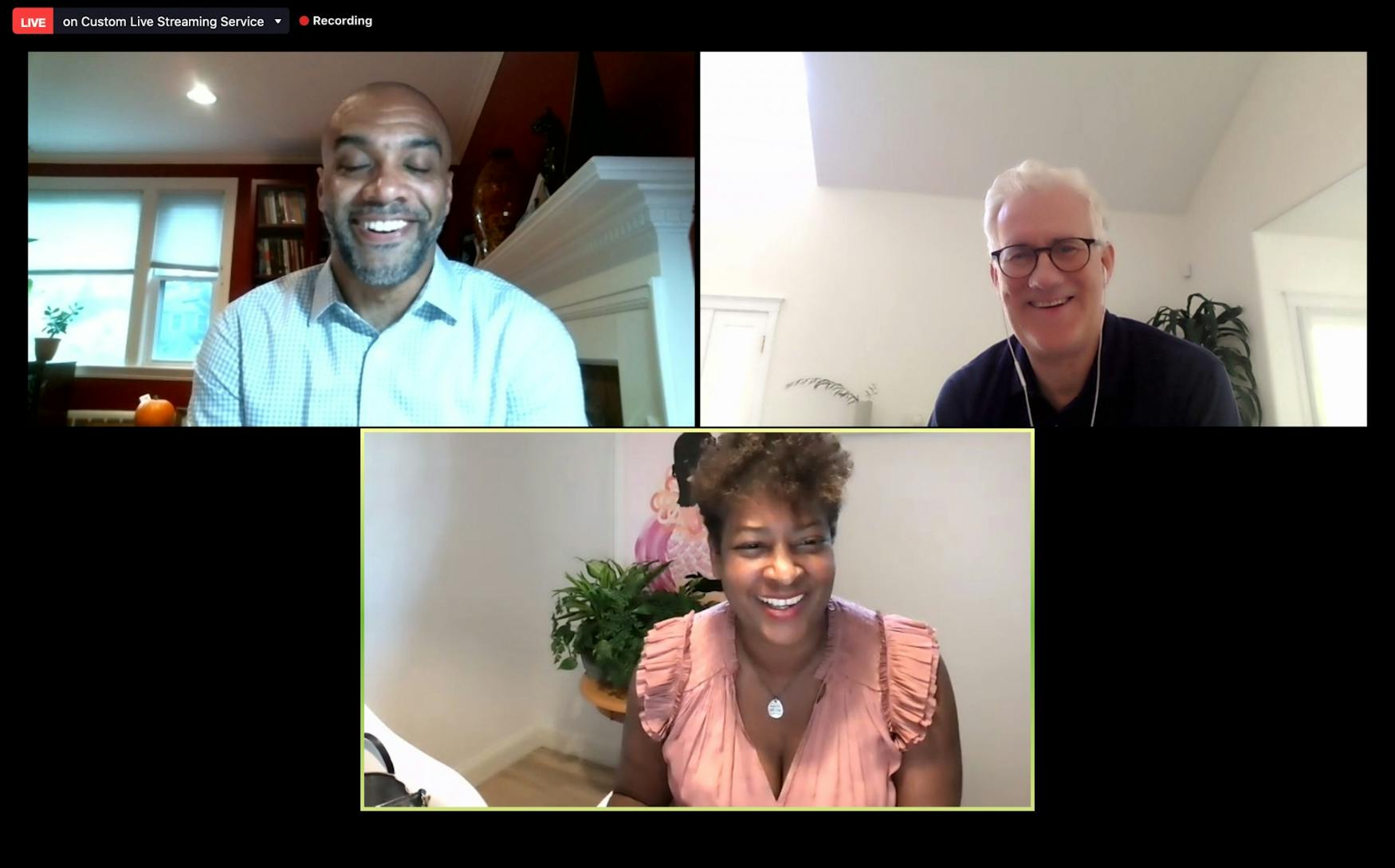The good trouble, the good fight
2020 has been a year of losses and challenges, whether it is the virus that surged across the world from the beginning of the year, or the escalated social tension that got its momentum in the summer. And while the United States is preparing for its presidential election, we were hit by the death of two champions of civil rights: Rep. John Lewis and Justice Ruth Bader Ginsburg. On Oct. 1, Brandeis Film, Television and Interactive Media; the Department of African and African American Studies; the Department of History and and the Edie and Lew Wasserman Fund invited CEO of Participant David Linde, film director Dawn Porter and Professor Chad Williams (AAAS) for a discussion on the impact of the documentary “John Lewis: Good Trouble,” and the relationship between arts and activism.
In the time they spent together, Porter showed Lewis some footage from 40 years ago featuring the young Lewis protesting, and the famous walk from Selma to Montgomery. Lewis paused after watching the footage and said he could not believe that the person on the screen was him. Porter realized that “he [Lewis] is the best person to talk about [his experiences],” and she needed to show her audience who John Lewis was behind the scenes.
The documentary showed a small part of Lewis’ life to the audience: how the young Lewis was able to write to Rev. Dr. Martin Luther King Jr. as a high school student, organizing activist meetings in a church basement at just 18 years old. While the adults in Nashville made big decisions, 19-year-old John Lewis and his fellow students were the ones who participated in the action, and Lewis kept that momentum throughout his life. He was seen welcoming protesters and showing his support in the Women's March in Washington, D.C.. There are countless moments like these that may not be his typical “television moments,” but added up to portray an impactful life.
Lewis became a personal friend of Porter. In January, when Lewis was diagnosed with cancer, Porter felt the urgency to show him the documentary before it launched in the cinema. That was the last time Porter saw Lewis, but she was happy that he liked the movie. Linde told the audience that Lewis was a “lighthouse,” and even a “parent” for the new generation. He was “a parent you need when you venture into the world,” Linde said — the everyday world and the world of activism.
During the pandemic, Participant has been trying to adopt new strategies in order to reach its audience and make its advocacy louder. The company distributed tool kits to individuals and engaged in conversation with them to spread knowledge about voting rights and encourage people, especially those in Georgia, where the state government purged many Black voters from registration lists, to go out and vote. It also uses movies like “John Lewis” to fundraise for small grassroot advocacy organizations in Georgia. Linde stressed the importance for these small organizations to “scale-up” and get together as a big collective, making a bigger impact in Georgia.
So, what is the relationship between arts and activism? To Porter, it is about restoring the scenes of activism and building a personal connection between the audience and the activists. To Linde, it is about spreading awareness using the platform of arts. When Rep. Lewis finished watching the documentary, he said to Porter, “it’s so powerful.” Porter replied, “your life is powerful.”



Please note All comments are eligible for publication in The Justice.